Preceded by Paul Doumer Role French Politician Preceded by Paul Doumer Education Ecole Polytechnique | Religion Roman Catholicism Succeeded by Philippe Petain Name Albert Lebrun | |
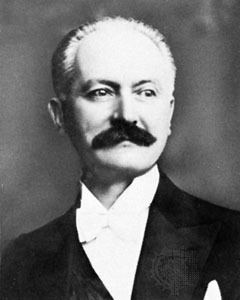 | ||
Prime Minister See list
Andre Tardieu
Edouard Herriot
Joseph Paul-Boncour
Edouard Daladier
Albert Sarraut
Camille Chautemps
Edouard Daladier
Gaston Doumergue
Pierre-Etienne Flandin
Fernand Bouisson
Pierre Laval
Albert Sarraut
Leon Blum
Camille Chautemps
Leon Blum
Edouard Daladier
Paul Reynaud
Philippe Petain Political party Democratic Republican Alliance Died March 6, 1950, Paris, France Party Democratic Republican Alliance Similar People Gaston Doumergue, Paul Doumer, Edouard Daladier, Paul Reynaud, Leon Blum | ||
Albert François Lebrun ([albɛʁ ləbʁœ̃]; 29 August 1871 – 6 March 1950) was a French politician, President of France from 1932 to 1940. He was the last president of the Third Republic. He was a member of the center-right Democratic Republican Alliance (ARD).
Contents
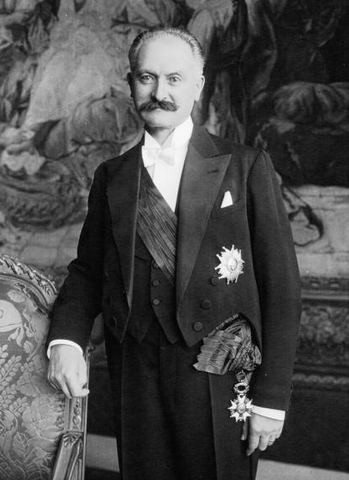
Early life

Born to a farming family in Mercy-le-Haut, Meurthe-et-Moselle, he attended the École polytechnique and the École des mines, graduating from both at the top of his class. He then became a mining engineer in Vesoul and Nancy, but left that profession at the age of 29 to enter politics.
Politics
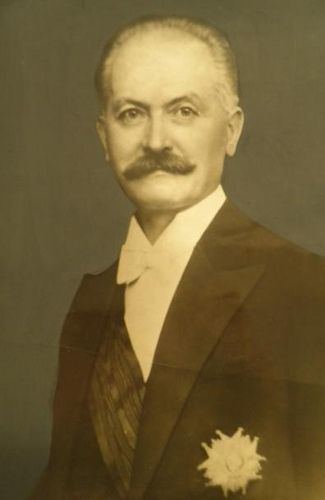
Lebrun gained a seat in the Chamber of Deputies in 1900 as a member of the Left Republican Party, later serving on the cabinet as Minister for the Colonies from 1912–1914, Minister of War in 1913 and Minister for Liberated Regions, 1917–1919. Joining the Democratic Alliance, he was elected to the French senate from Meurthe-et-Moselle in 1920, and served as Vice President of the Senate from 1925 through 1929. He was president of that body from 1931–1932.
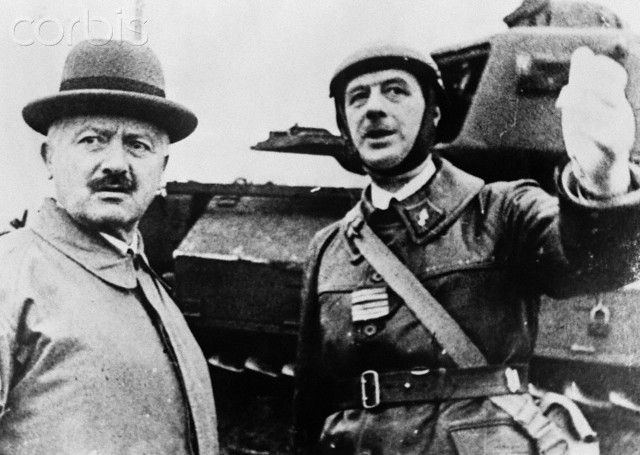
Lebrun was elected president of France following the assassination of president Paul Doumer by Pavel Gurgulov on 6 May 1932. Re-elected in 1939, largely because of his record of accommodating all political sides, he exercised little power as president. On 10 July 1940, Lebrun enacted/promulgated the Constitutional Law of 10 July 1940 (see the Vichy 80) allowing Prime Minister Philippe Pétain to promulgate a new constitution. On 11 July, Lebrun was replaced by Pétain (although Lebrun never officially resigned) as head of state. He then fled to Vizille (Isère) on 15 July, but was captured on 27 August 1943 when the Germans moved into the region and was sent into captivity at the Itter Castle in Tyrol. On 10 October 1943 he was allowed to return to Vizille due to poor health, but was kept under constant surveillance.
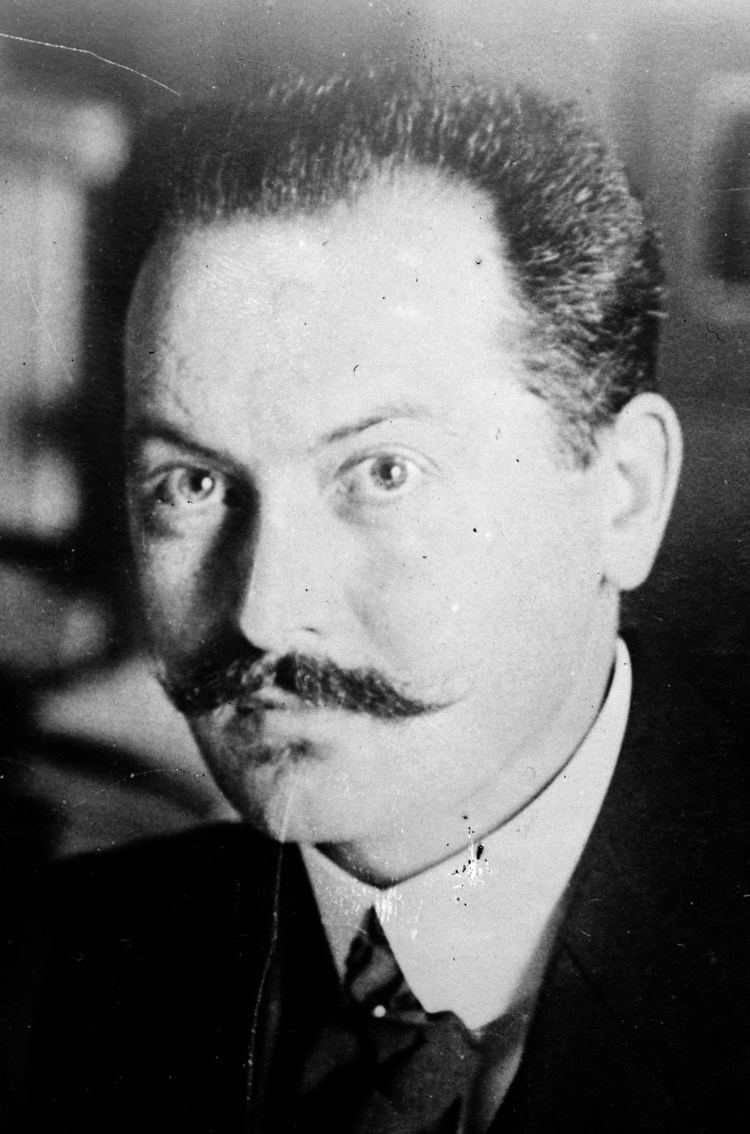
On 9 August 1944, when the Allies restored the French government, Lebrun met with Charles de Gaulle and acknowledged the General's leadership, saying that he had not formally resigned as president because the dissolution of the National Assembly had left nobody to accept his resignation.
Personal life
Lebrun was married to Marguerite Lebrun. Together they had two children: A son Jean and a daughter Marie.
Later life
After the war, Lebrun lived in retirement. He died of pneumonia in Paris on 6 March 1950 after a protracted illness.
